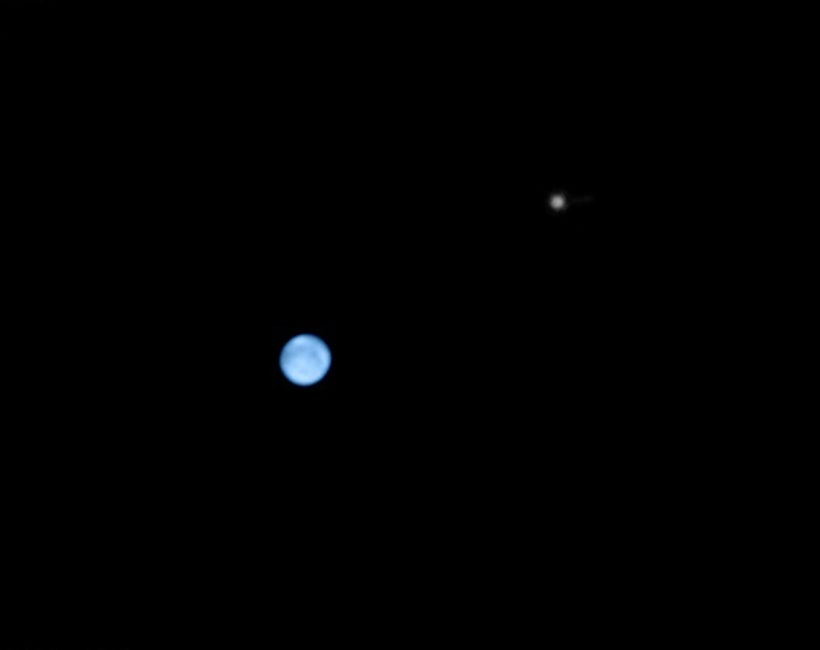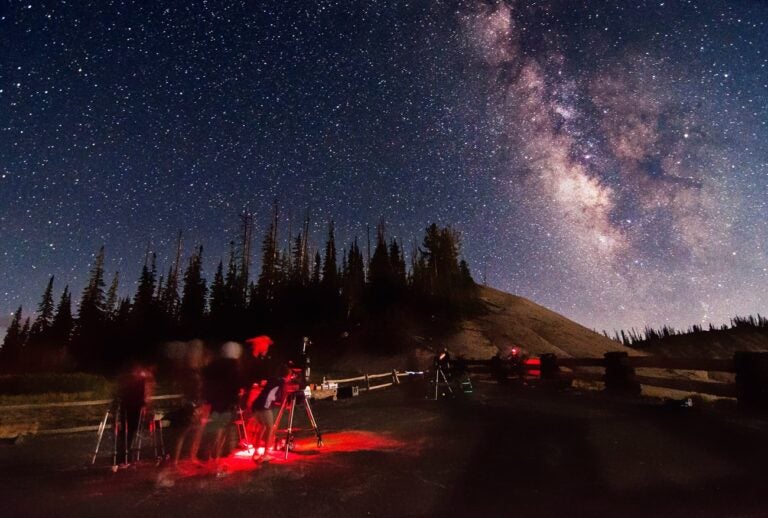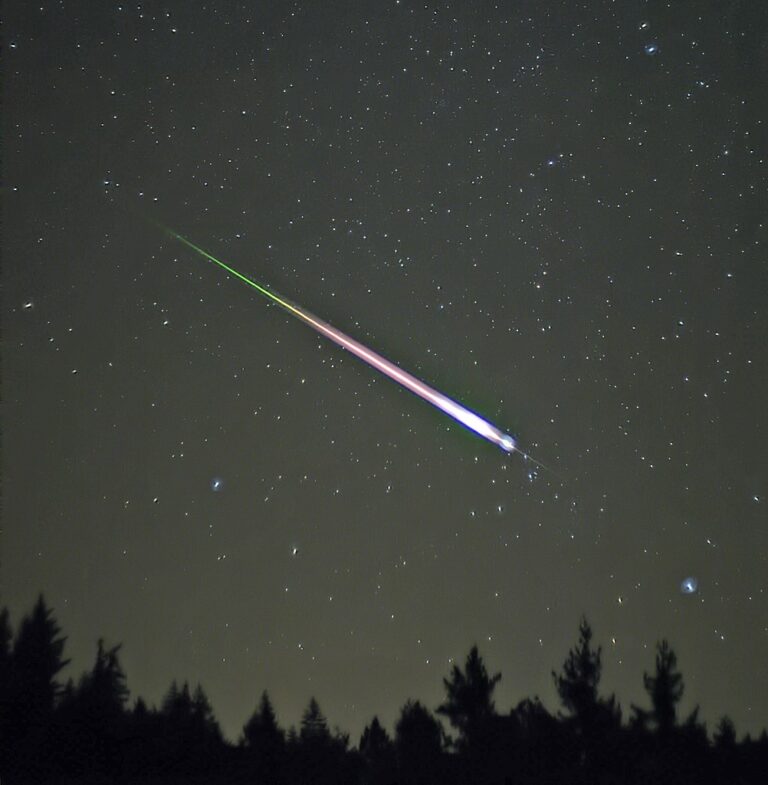“It’s a real thrill to spy the most distant planet with your own eyes,” says Astronomy Senior Editor Michael E. Bakich, “even if you need an optical device to do it.” Throughout August, Neptune appears in the same binocular field as the 5th-magnitude star 38 Aquarii; this area of the night sky has few other landmarks or bright stars, so use the finder chart to home in on the remote world. At the start of August, the planet lay 1.7° east of the star, but by the night of opposition, the 24th, the distance shrinks to just 1°. “It’ll definitely be worth your while to locate and ogle this planet,” says Bakich.
When aiming a telescope at Neptune, be sure to boost the magnification to see as much detail as possible. The planet will appear as a full 2.4”-diameter disk with a distinct blue-gray hue. Unfortunately, it’ll be virtually impossible to spot subtler details, like the planet’s wispy ring system and its atmospheric activity. However, large telescopes might reveal Neptune’s largest moon, magnitude 13.5 Triton, the seventh-largest satellite in the solar system.
“If you’ve ever wanted to spot Neptune for yourself,” says Bakich, “this is your best chance. Right now, it’s bright and beautiful. Make sure you don’t miss it.”
Fast facts
- Neptune is the farthest planet in the solar system, lying about 30 times farther away from the Sun than Earth, on average.
- Neptune is the most recently discovered planet, first spotted September 23, 1846.
- Neptune’s largest moon, Triton, was discovered just 17 days after the planet itself.
- Triton is the only large moon that orbits opposite its planet’s rotation.
- Neptune is the third-most massive planet, but the fourth largest.
- It takes Neptune about 165 years to orbit the Sun, but a little more than 16 hours to rotate completely.
- Neptune is named after the Roman god of the sea.
- Neptune’s color is a result of the abundant methane in its atmosphere.
- Neptune is the first planet discovered by prediction: French mathematician Urbain Le Verrier calculated its expected location, and German astronomer Johann Gottfried Galle observed it less than 1° away.
- Only one probe has visited Neptune: Voyager 2, on August 25, 1989.
- Video: Tour the solar system: Neptune, with Bill Andrews, associate editor
- StarDome: Locate Saturn in your night sky with our interactive star chart.
- The Sky this Week: Get your Neptune info from a daily digest of celestial events coming soon to a sky near you.
- Sign up for our free weekly e-mail newsletter.











